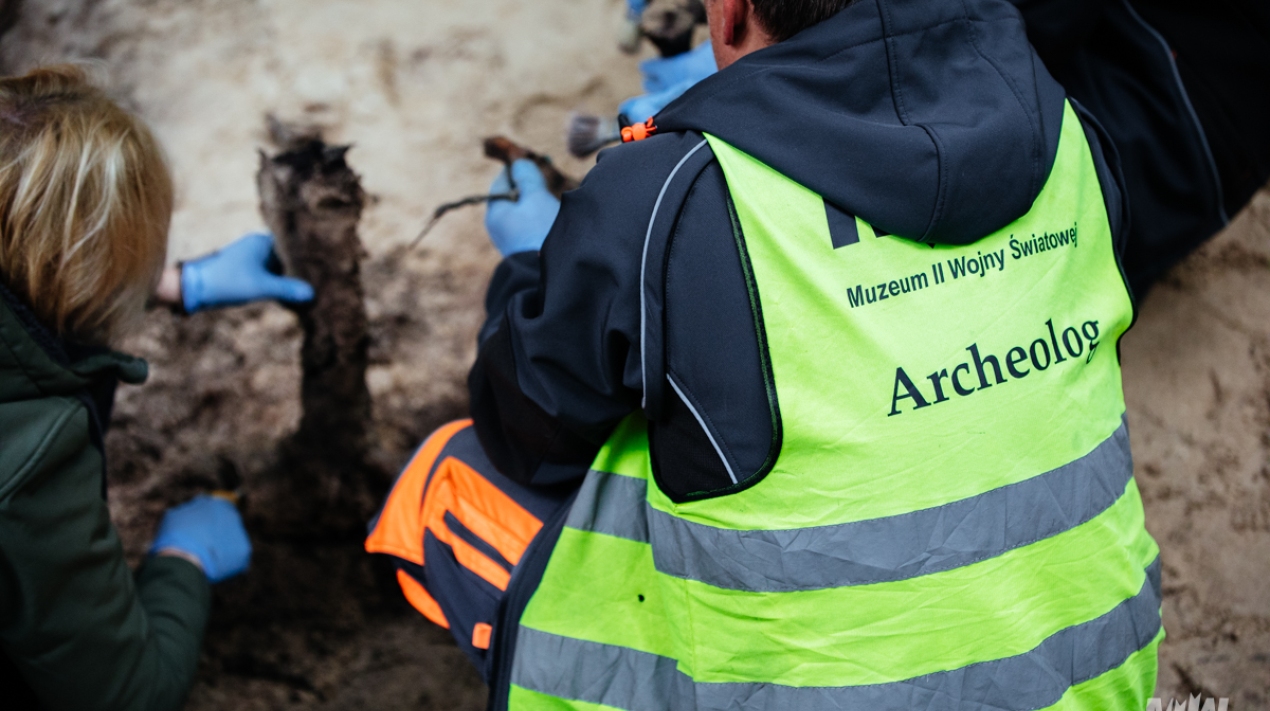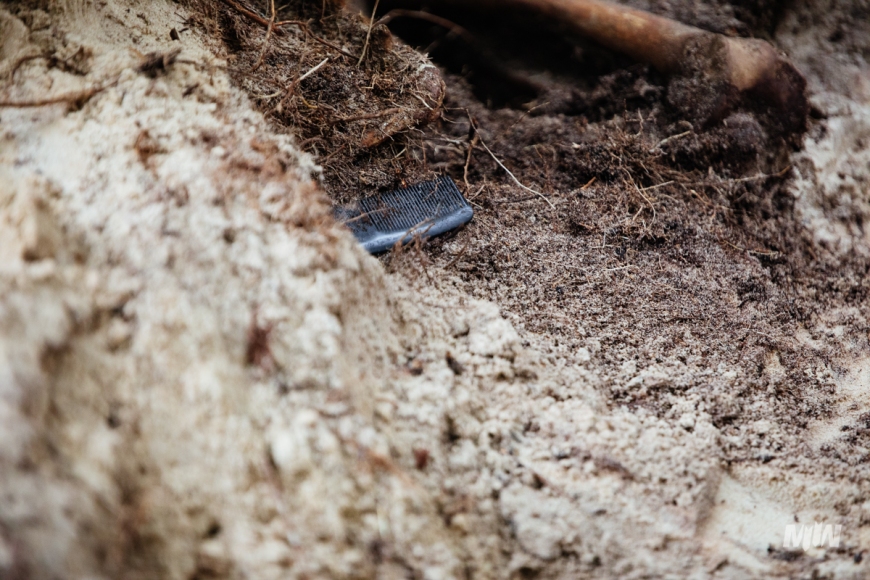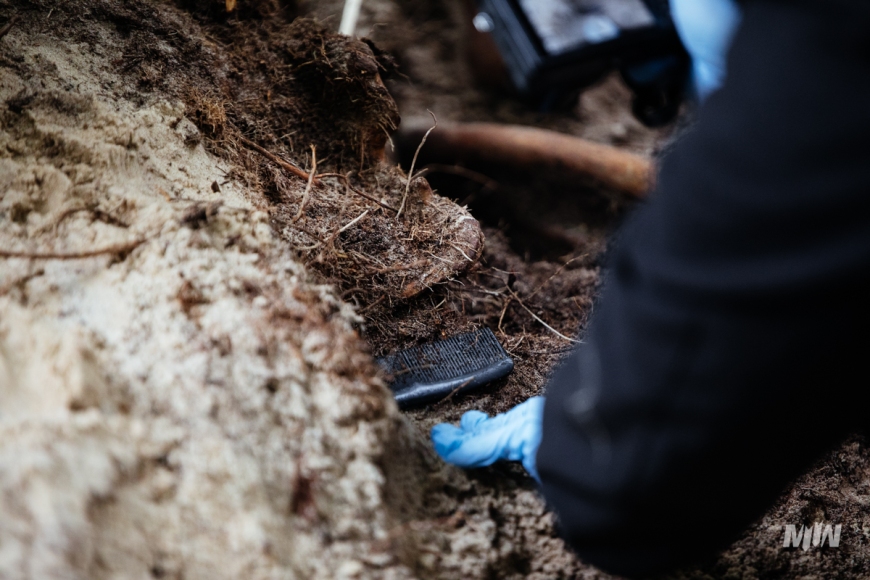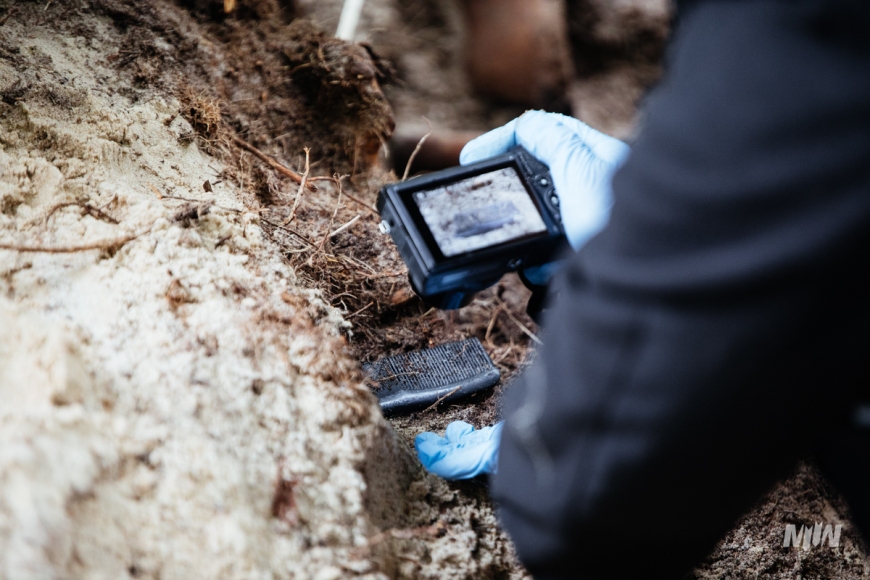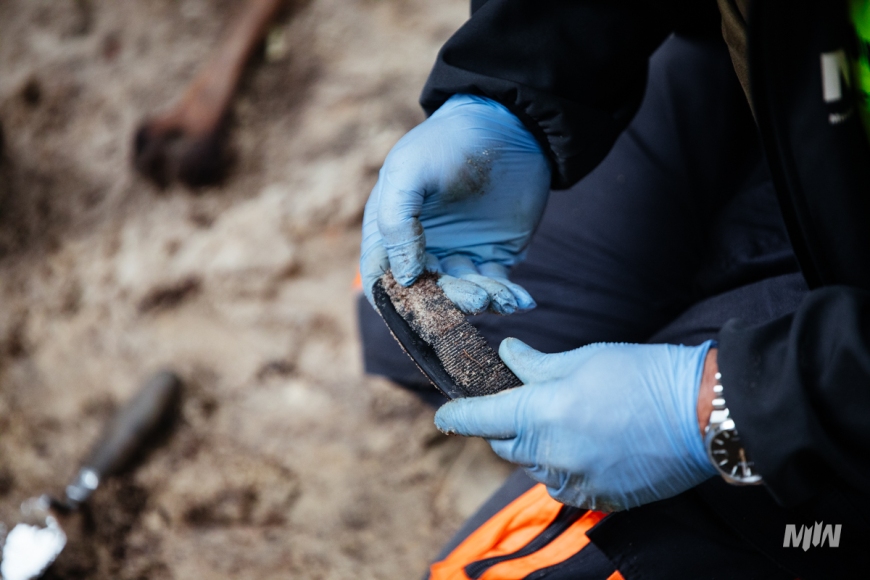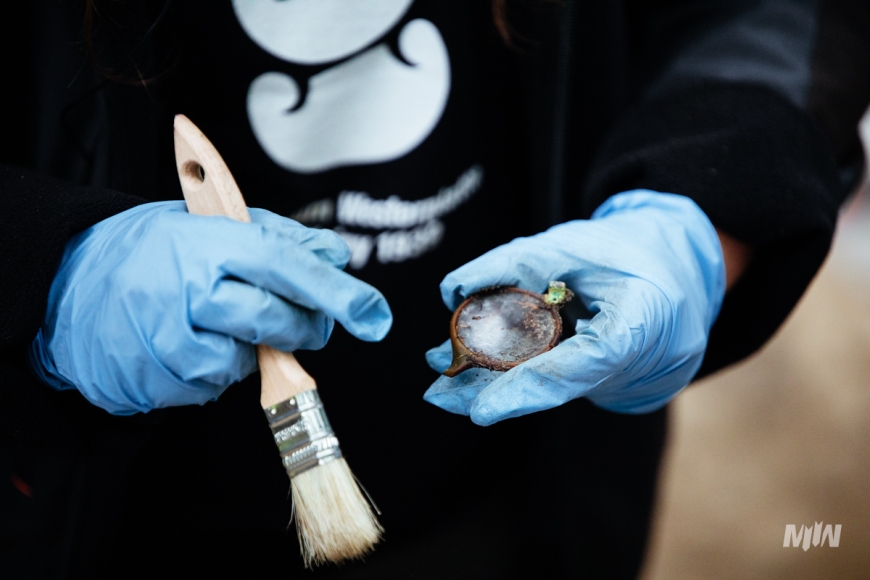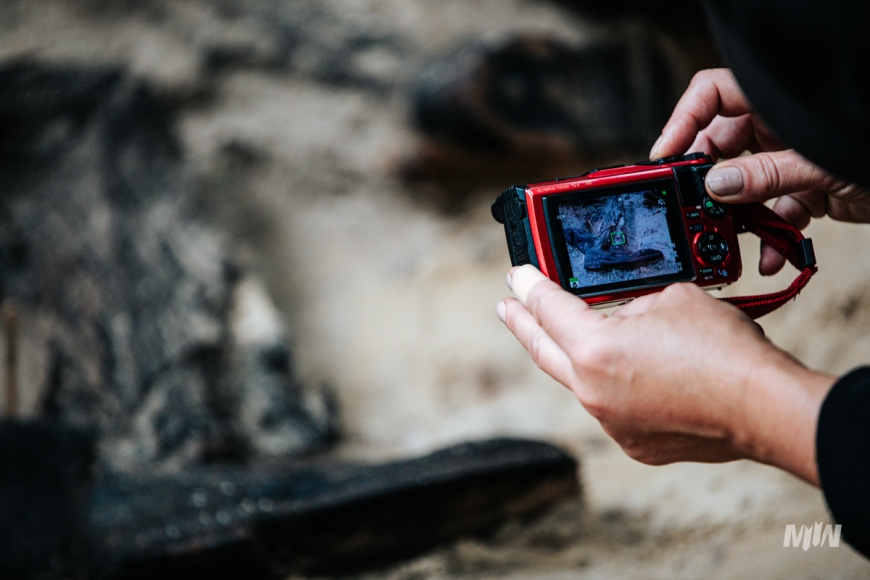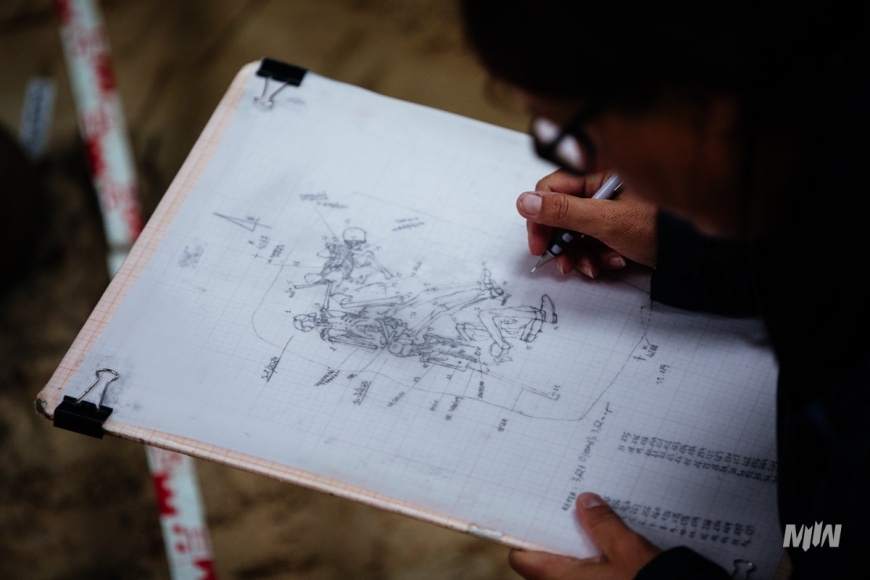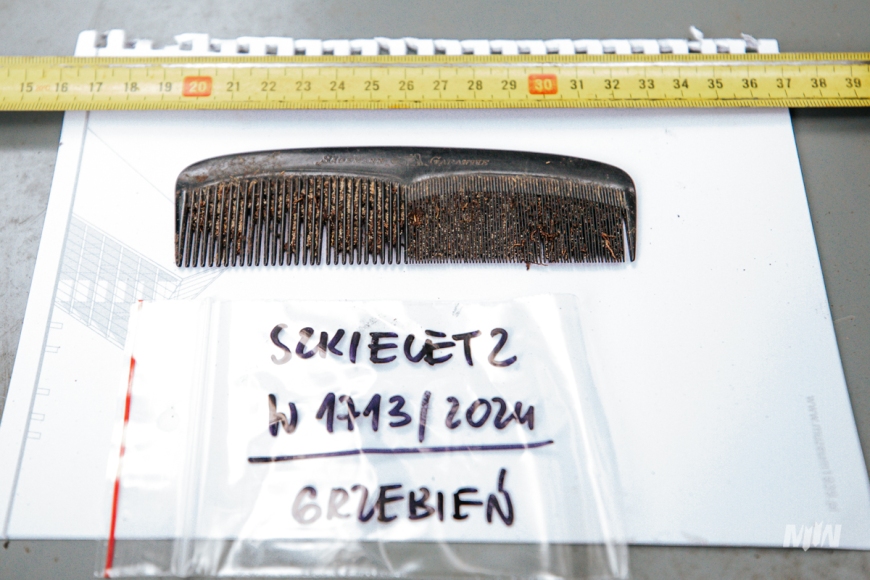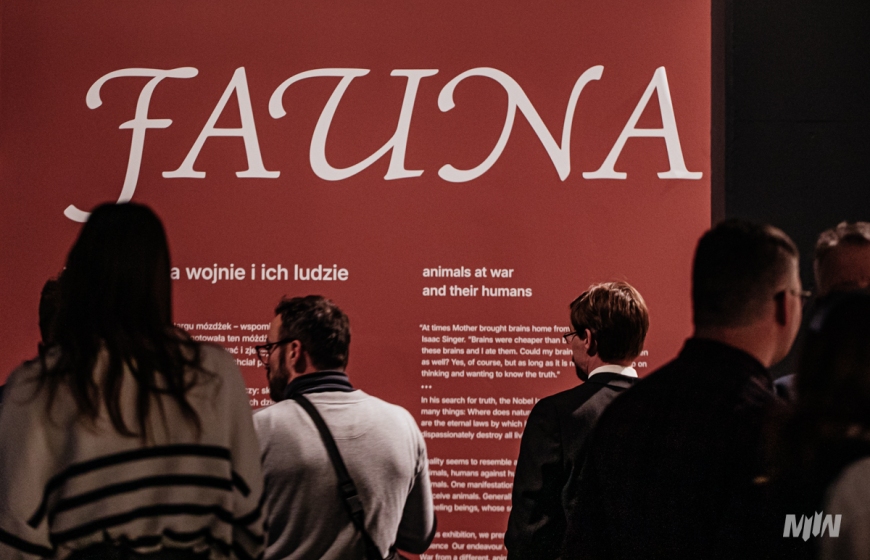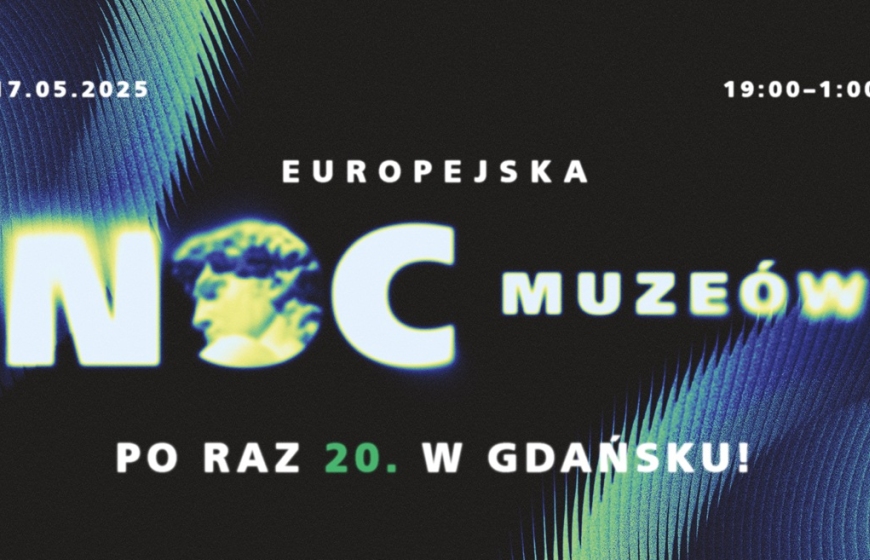Another Archaeological Discovery at Westerplatte
Archaeologists from the Museum of the Second World War in Gdańsk have made another significant discovery at the site of a Polish artillery position on Westerplatte, where they uncovered three human skeletons. The remains will be examined by anthropologists, forensic scientists, and geneticists as part of an investigation launched by a prosecutor from the Institute of National Remembrance. The excavation aimed to determine the exact location of the Polish model 1902 cannon position, caliber 76.2 mm. Archival sources indicated that this site included two wooden-earth shelters (one for the cannon crew and one for ammunition) and a gun emplacement used for firing. On Monday, September 22nd, during excavation work, the team discovered three complete skeletons in Trench 36, within the remnants of one of the field artillery shelters, known as the ‘Putilovka’.
The bodies were found lying face-down in anatomical order, with remnants of clothing: leather civilian shoes, parts of trousers (including a cuff similar to that on suit pants), and suspenders with two skeletons, while the third had a leather belt. Next to the bodies were fragments of artillery shells.
The archaeologists carefully cleaned the skeletons, documented them in detail, and performed photogrammetry to create a 3D model. On Thursday, under the supervision of a prosecutor from the Institute of National Remembrance in Gdańsk, the team, along with an anthropologist, secured the remains. The remains underwent preliminary anthropological examination before being transported to the Pomeranian Medical University in Szczecin, where detailed anthropological, forensic, and genetic analyses will be conducted. These tests aim to determine the cause and circumstances of death, identify the perpetrators, and, through genetic research, identify the victims.
Preliminary findings indicate that the individuals were killed at the site. They were likely forced into a partially dismantled shelter, which served as a grave. All were men aged 25–55, with bone structure suggesting two may have been related. A possible gunshot wound was noted on one scapula, indicating a shot fired from above, from behind, while the victim was likely kneeling or sitting. The skulls of the other two victims were shattered, although further analysis is needed to confirm whether this resulted from gunshots or blunt force trauma, according to Filip Kuczma, head of the Museum’s Archaeological Department.
Near one skeleton, archaeologists found a third Mauser ammunition casing, produced in 1922, which will undergo forensic examination to determine if the shots were fired from the same weapon. Other items found include fabric fragments, shirt buttons, glasses in cases, pencils, a comb, and a leather hat component stamped with ‘Bydgoszcz’. This evidence supports the hypothesis that the victims were Polish citizens, possibly prisoners of a German camp for civilian captives operating at Westerplatte from September 1939 to June 1941. A chestnut found beneath one skeleton suggests the execution occurred in autumn 1939 or 1940.
Further excavations will continue after securing the discovered remains, as more remains may be buried below. Archaeologists will also investigate deeper soil layers for additional shelter construction remnants.
Mateusz Jasik, Deputy Director of the Museum for Public Engagement, stated, "If the preliminary identification and probable context of their deaths are confirmed, this discovery will have three primary implications: providing a dignified burial for what are likely civilian victims of German atrocities, expanding our historical knowledge of the Peninsula, and serving as a reminder for future museum visitors of the German crimes against civilians on Westerplatte. The Peninsula’s history, the biographies of its defenders in 1939, and the suffering of its prisoners encapsulate the Polish 20th-century experience."
This is not the first discovery of remains at Westerplatte. Previously, archaeologists unearthed the remains of eight German soldiers from 1945. Excavations at Westerplatte have been ongoing since 2016, and in 2019, the remains of nine Polish soldiers who fell in September 1939 were found, with genetic tests identifying seven of them. A ceremonial burial for the defenders took place in late 2022 at the Polish Army Soldiers' Cemetery on Westerplatte. Earlier this year, archaeologists also discovered the remains of a soldier believed to be Soviet, who died during the capture of Gdańsk by Soviet forces in 1945.












